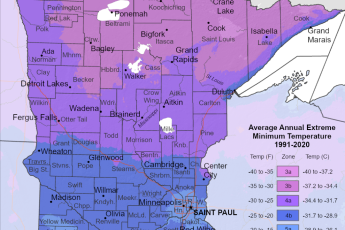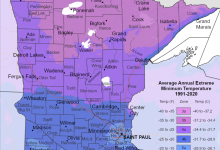
There are many benefits to dividing your perennials. Dividing helps to manage the size of your plants and is beneficial to their health. Dividing perennials is also a great way to share plants with your gardening friends! It is important to note, not all perennials should be divided and some actually resent being disturbed. Asclepias, Aquilegia, Baptisia, Paeonia, Platycodon and woody stemmed perennials such as Perovskia should not be divided or moved once planted. Before bringing out the shovel, read our guide below for tips on when and how to divide up your garden.
When to Divide
Most perennials should be divided every three to five years. Calendars aside, a walk through your garden will let you know when it is time to divide. If you notice your perennials have become a bit leggy, have dead sections or are not blooming as profusely as they once did, it may be time to divide. If your Iris, Lilies or Nepeta have sprawled out of control, division can be done to keep them managed and to share with others. The general rule on when to divide perennials is opposite of when the plant blooms. This timing is important for the plant to send energy to develop new roots instead of energy spent on blooming. Divide spring blooming perennials in the fall and fall blooming perennials in the spring. For optimal success and to reduce heat stress cool, overcast days are the best days to divide and plant.

Your garden will let you know when it is time to divide. Overcrowding and plant decline such as reduced bloom and dead spots are visual cues it is time to divide your perennials.
Types of Division
How you divide your perennials will depend upon the perennial’s root system. Perennials with spreading root systems such as Asters, Echinacea and Monarda can be pulled apart by hand or cut with a knife. Astilbes, Hostas and many ornamental grasses have thick, clumping root systems. Perennials with clumping root systems can be divided using a sharp knife to cut through the crown. Perennials with stems that grow horizontally at or just below the soil level have rhizomes which can easily be dug up and pulled apart by hand. Iris are the most common perennial with a rhizome root system.
How to Divide
Gather your tools and prepare your space. A shovel, shears, and a sharp knife are the basic tools required. A Hori-Hori knife is an ideal tool to dig out parent plants and cut through roots. Before putting a shovel to the ground, decide where your plant divisions are going and prepare the space. Ideally your plants should be out of the ground for as minimal time as possible. To reduce moisture loss, trim back foliage to six inches from the ground.
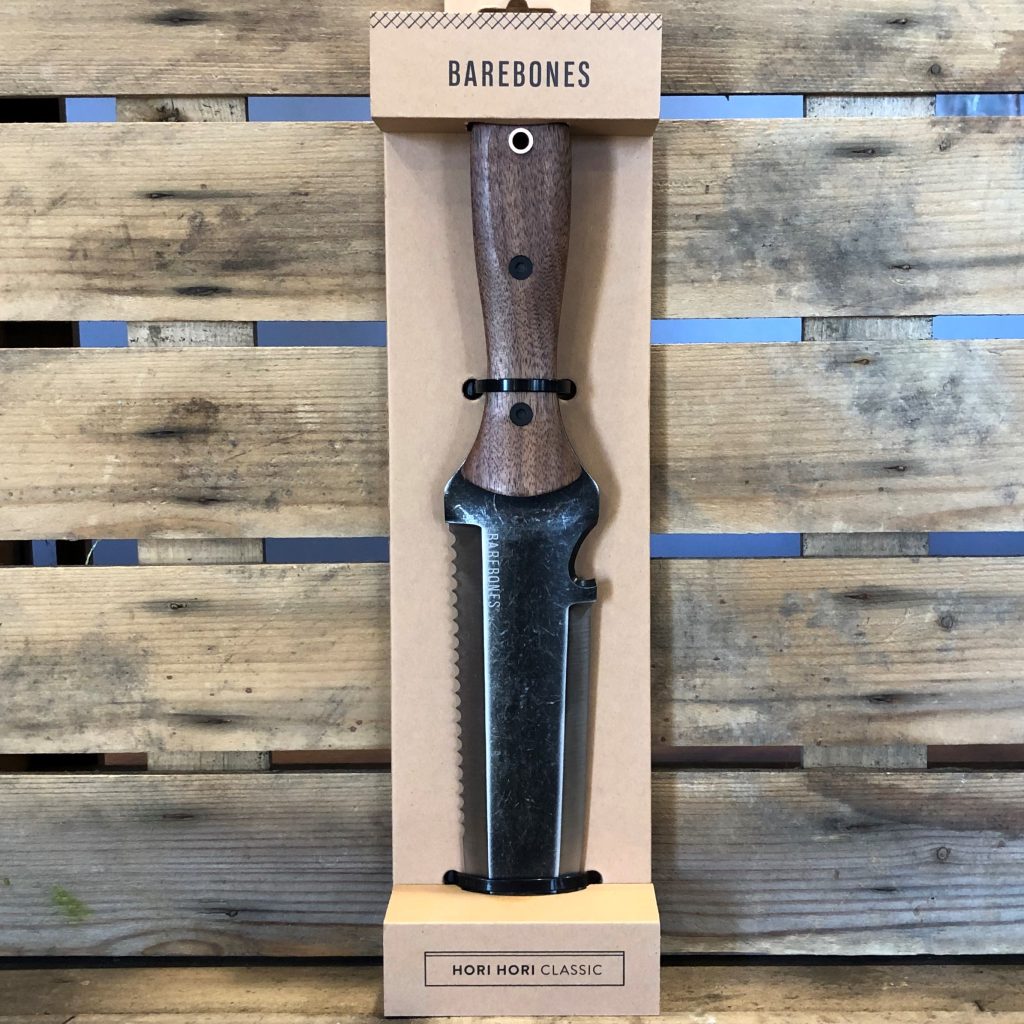
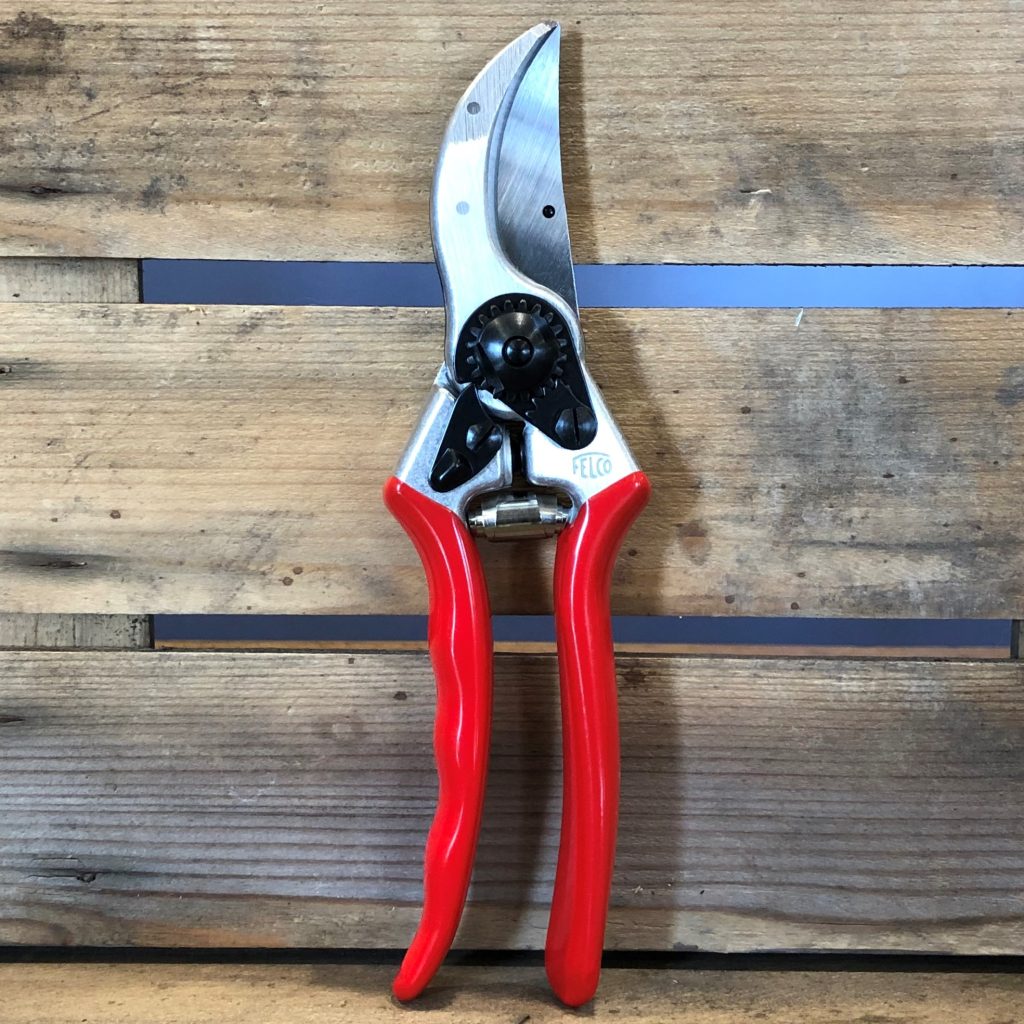
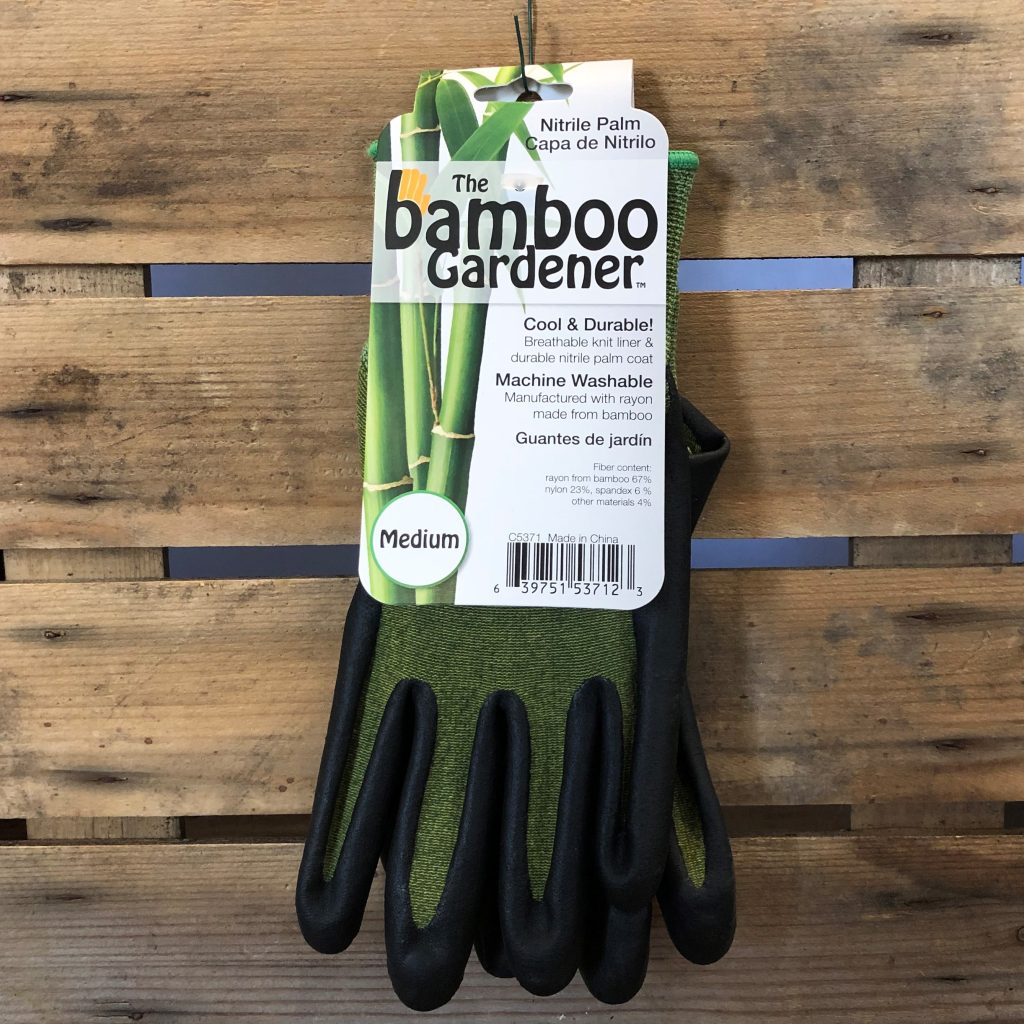
With tools ready and your space prepared, it is time to start digging! Using a sharp spade, dig four to six inches around the parent plant and gently lift the entire plant. Shake off any loose soil to expose the roots and remove any dead foliage or weeds. Inspect your plant for any disease, insect issues or the presence of Jumping Worms. To best prevent the spread of potential jumping worms when sharing perennials, rinse soil from the roots and deliver bare rooted. Keep the roots moist by wrapping in damp paper towels or newspaper. Divide your perennial, trimming off any broken or damaged roots. Do not let the roots dry out, if you have many perennials to divide, keep a bucket of water nearby to keep roots moist before planting.
Replanting
Plant the new divisions as soon as possible into the ground or containers. When planting into the ground, plant divisions no deeper than originally planted and give your “new” plants plenty of room to grow. To stimulate root growth and reduce transplant shock, use an organic root stimulator. We like Bush Doctor Kangaroots formulated with soil microbes to support roots. Water new plantings in well to help establish. Lastly be patient, divided perennials will have a later bloom period than normal but, will get back into their normal rhythm the following season.
Happy Dividing!
Additional Resources
For more information and a complete guide to dividing 125 of the most common perennials, visit the University of Minnesota Extension. Have a dividing question? Send us an email at info@Bloomonmn.com and we are happy to help!


